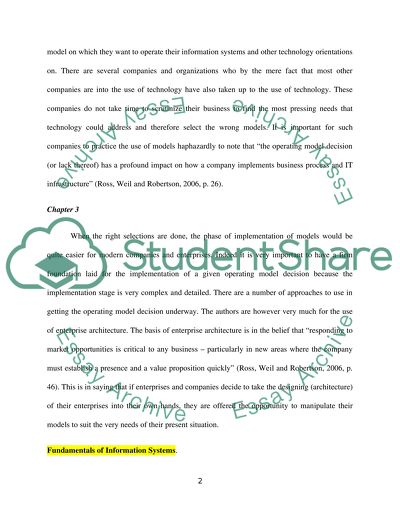Cite this document
(“Review Discussion: Enterprise Architecture as Strategy Essay”, n.d.)
Retrieved from https://studentshare.org/information-technology/1443620-review-discussion
Retrieved from https://studentshare.org/information-technology/1443620-review-discussion
(Review Discussion: Enterprise Architecture As Strategy Essay)
https://studentshare.org/information-technology/1443620-review-discussion.
https://studentshare.org/information-technology/1443620-review-discussion.
“Review Discussion: Enterprise Architecture As Strategy Essay”, n.d. https://studentshare.org/information-technology/1443620-review-discussion.


